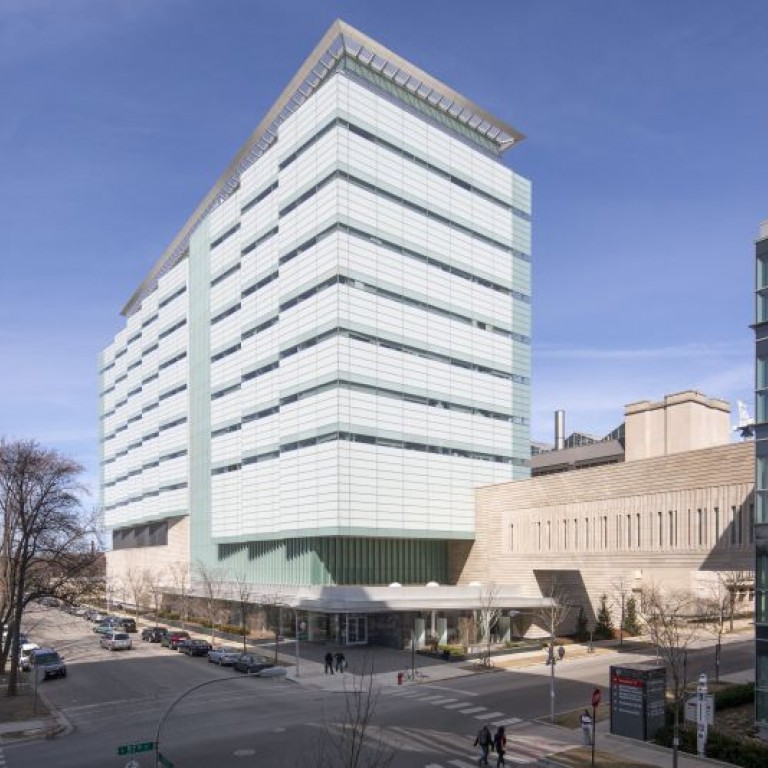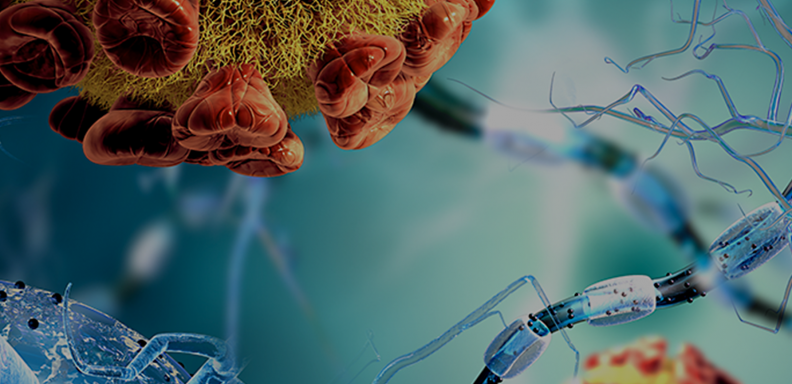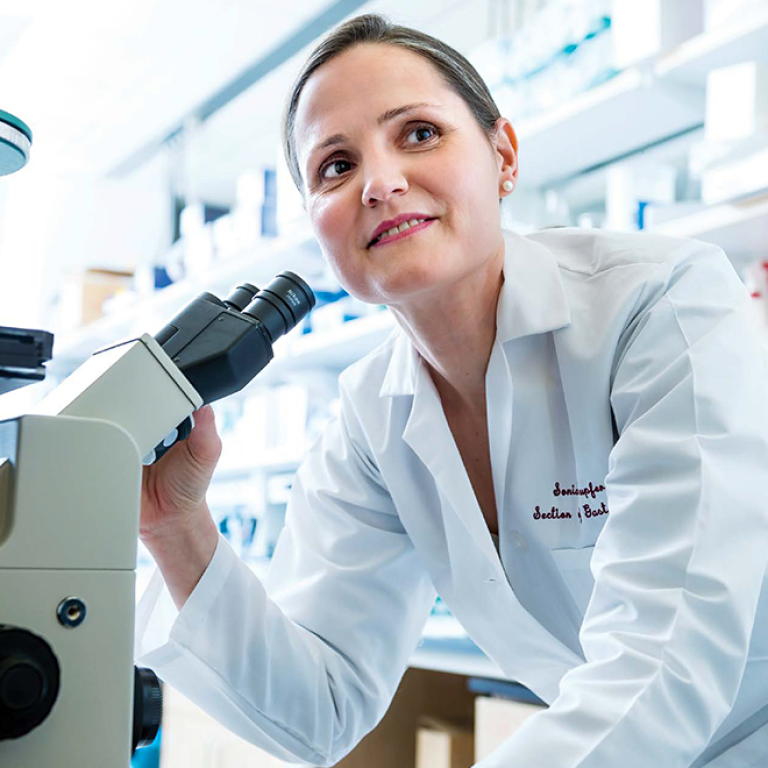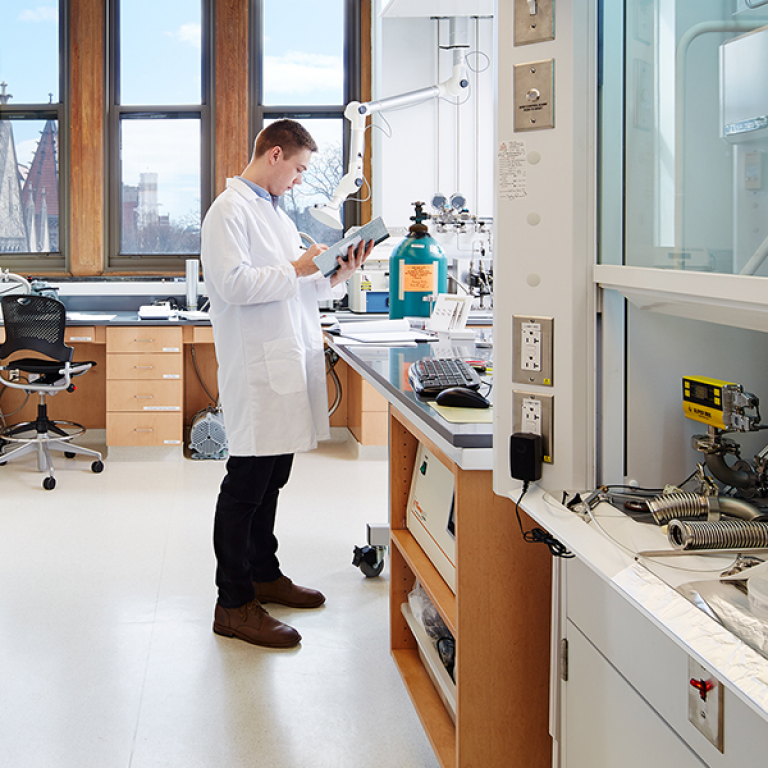During animal development, cells divide and arrange themselves in a coordinated way, eventually forming the embryo. The cells communicate with each other during this process through cell-surface receptors, which interact with proteins outside the cell to trigger processes within the developing embryo’s cells at specific times and places. However, the detailed molecular mechanisms behind how cells communicate during early embryonic development are not yet fully understood.
New research from the University of Chicago discovered a novel interaction between two important receptors and investigated their role during embryonic development. One, latrophilin, is an adhesion-type G protein-coupled receptor (aGPCR) that helps cells adhere to each other. The other is a toll-like receptor, which are typically associated with innate immunity.
In a C. elegans nematode worm model, the researchers used biochemical, imaging, and animal studies to see how the two receptors interact in a unique way that hadn’t been observed before. Preventing the receptors from interacting in C. elegans led to significant developmental defects, suggesting that they are crucial for embryo development and nervous system functions.
“We believe we've discovered a cell-to-cell adhesion and communication axis that ensures the body plan properly forms and the animal retains its proper shape and cell to cell contacts,” said one of the senior authors of the study, Engin Özkan, PhD, Associate Professor of Biochemistry and Molecular Biology. The research was published this week in the journal Nature Structural & Molecular Biology.
The new study was led by Gabriel Carmona-Rosas, PhD, a former postdoctoral scholar at UChicago who is now at the University of California, Los Angeles, Jingxian Li, PhD, a staff scientist, and Jayson Smith, PhD, a postdoctoral scholar, both at UChicago. Li works in the lab of Demet Araç, PhD, Associate Professor of Biochemistry and Molecular Biology; Smith works with Paschalis Kratsios, PhD, Associate Professor of Neurobiology. All three labs are associated with UChicago’s Neuroscience Institute.
Using cryo-electron microscopy to capture high-resolution images of the protein structures, they saw that the receptors interacted with each other in a unique way, not how latrophilin and a toll-like receptor would usually connect. This indicated that this interaction could have some other purpose besides the normal innate immune functions.
First, the teams determined the complete protein structures and designed point mutations that broke the interaction between latrophilin and the toll-like receptor, while preserving the rest of their usual functions. Then Smith and Kratsios, who are experts on developmental biology, engineered the same mutations in C. elegans animals using CRISPR/Cas9 gene editing to break the interaction in vivo.
Worm embryos with these mutations had significant developmental defects, with completely misshapen bodies in the few that survived for very long—the same defects that appear in worms with the genes that encode those receptors knocked out completely. This provided more evidence that these receptors, and specifically their unique interaction, played an important role in embryonic development.
“I loved this collaboration – it combines high-resolution structural data with the awesome power of C. elegans genetics. By joining forces, our labs obtained deep mechanistic insights into the function of latrophilins in animal development,” Kratsios said.
“We didn't think it would really do anything like this. We thought maybe we'd break a few neuronal connections, and the worm wouldn't sense the environment, or maybe worms wouldn't be able to move properly. But instead, what we get is this major developmental defect,” Özkan said.
Araç’s lab has been working for more than a decade to reveal the structure of full-length aGPCRs like latrophilin, hoping to learn how incoming signals are transmitted from outside to inside the cell. Their work on resolving the structures, most recently in a December 2024 paper from Nature Communications, helped lay the groundwork for delving into the specific functions of these two receptors. “This is a very good example of how biochemical in vitro work can discover biology,” she said.
While nematodes are simple organisms with only about 1,000 cells, latrophilins are one of the few GPCR-family cell receptors that are conserved across all invertebrates and vertebrates. Going forward, the research team wants to explore these interactions in vertebrates, including humans, to understand their broader implications in development and disease.
“It is possible that such an interaction is important for vertebrates,” Araç said. “In a very early model organism here, we see there is this very important function for embryo development at a very early stage. Whether this exists in higher organisms or not, is the big, exciting question.”
The study, “Structural basis and functional roles for Toll-like receptor binding to Latrophilin in C. elegans development,” was supported by the National Institutes of Health grant R35 GM148412. Additional authors include Wioletta I. Nawrocka, Shouqiang Cheng, Elana Baltrusaitis, and Minglei Zhao from UChicago.



